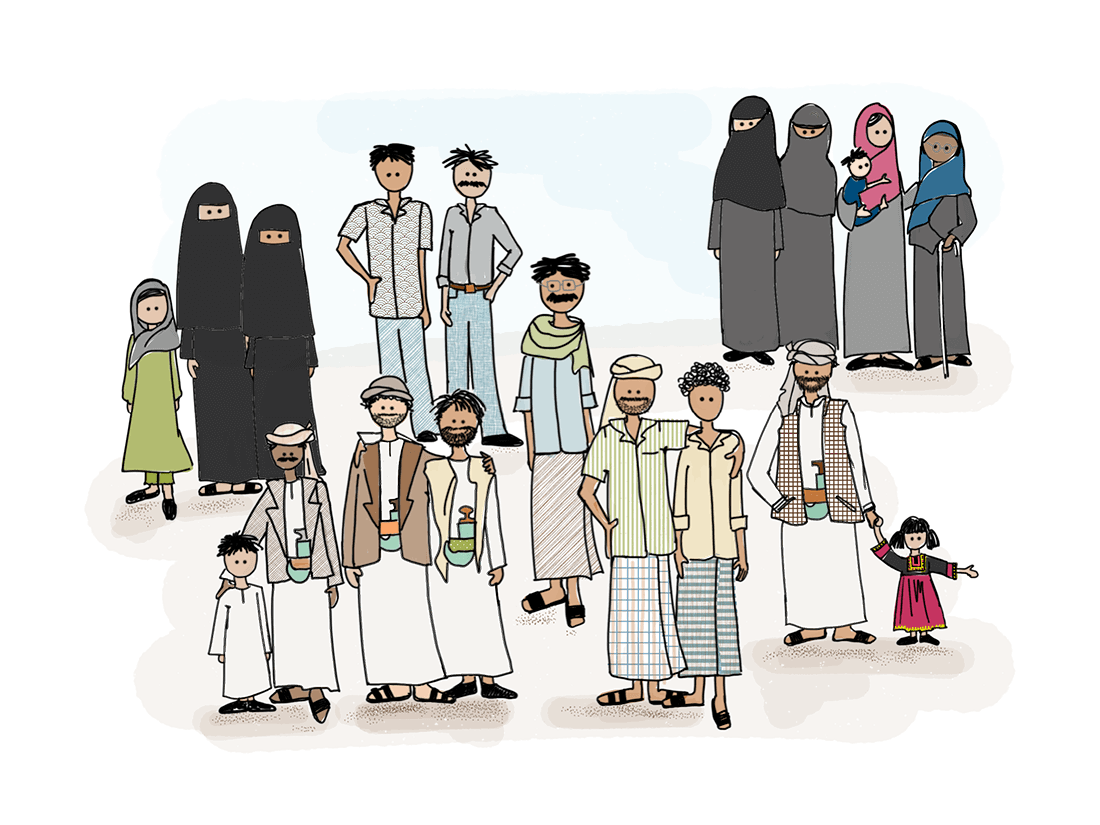Imports
Shows current and historic trends analyses of food and fuel imports into Yemen, aiding in the understanding of the overall food and fuel supply chain.
Currently this module is only accessible for select partners. We are working with data providers to make this module public. For more information please reach out to yahinfo@acaps.org

